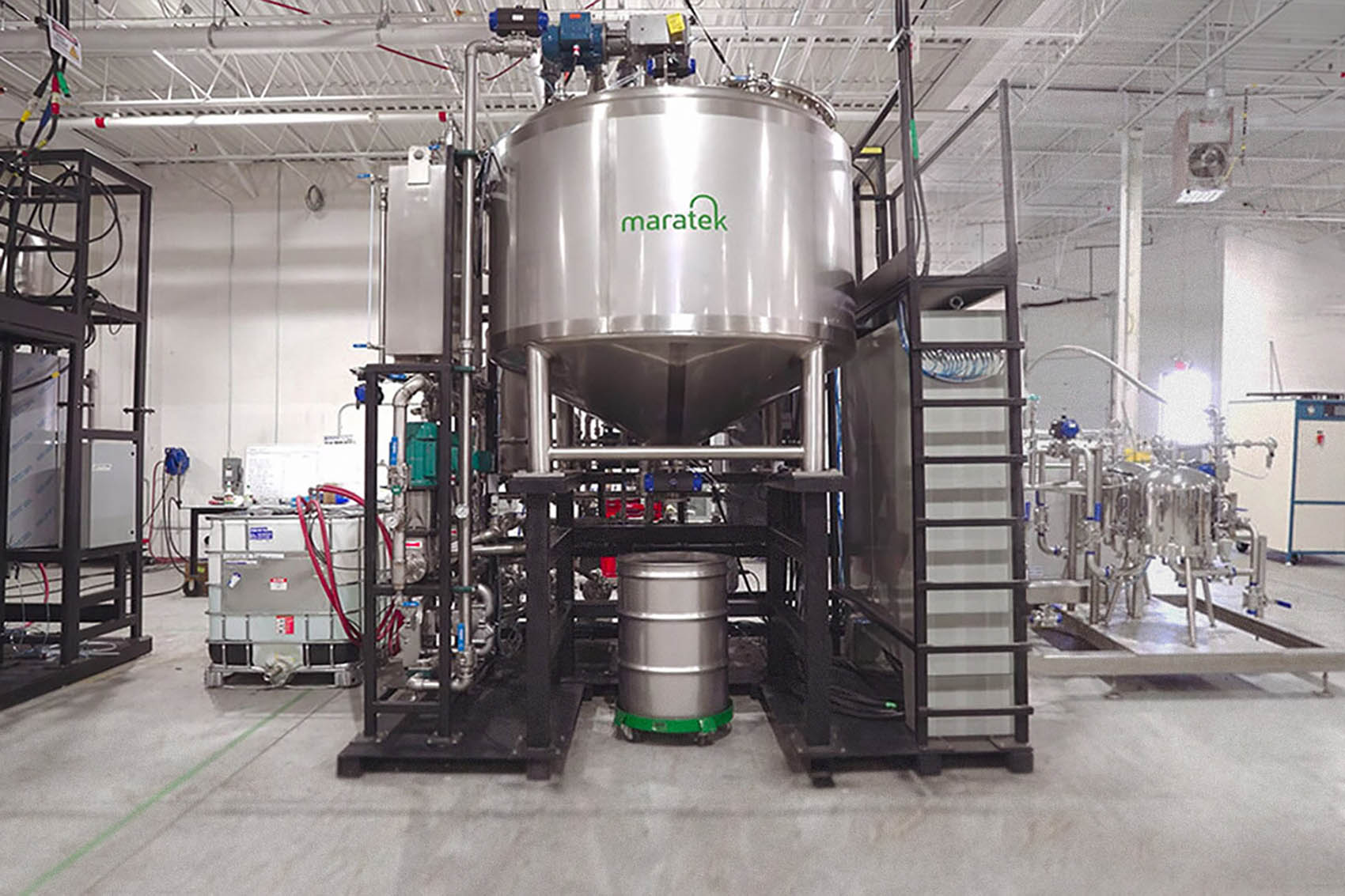Understanding Paint Thinner: Applications, Market State, and Recycling Processes

Paint thinner is a crucial solvent in various industries, known for its versatility and effectiveness. This blog explores what paint thinner is, its diverse applications, the current state of the paint thinner market (as of 2023), and the essential practice of recycling paint thinner.
Paint thinner is a solvent used to dilute oil-based paints, making them easier to apply and clean up. It typically contains a mix of volatile organic compounds (VOCs) such as mineral spirits, acetone, toluene, and turpentine. These solvents evaporate quickly due to their low boiling points, which is essential for thinning paint and cleaning equipment.
Uses of Paint Thinner
- Dilution of Paints:
- Oil-Based Paints: Reduces viscosity for smoother application.
- Primers and Varnishes: Ensures even coverage and smooth finish.
- Painting Tools: Cleans brushes, rollers, and other tools after use.
- Surfaces: Removes paint from surfaces, useful in automotive and construction industries.
- Industrial Equipment: Removes grease and grime from machinery and tools.
- Metal Surfaces: Prepares metal surfaces for painting, improving adhesion and finish.
Due to its high volatility and flammability, paint thinner should be handled with care. Proper storage in well-ventilated areas and the use of personal protective equipment (PPE) are essential for safety.
The Paint Thinner Market
The paint thinner market is experiencing steady growth, driven by increasing demand in construction, automotive, and manufacturing industries. As of 2023, the market is projected to grow at a compound annual growth rate (CAGR) of 4.2% from 2023 to 2028.
Market Insights
The global paint thinner market is expected to grow at a compound annual growth rate (CAGR) of 4.2% from 2023 to 2028. Asia-Pacific leads the market, with significant consumption in China and India due to rapid industrialization and urbanization. North America is driven by the robust automotive and construction sectors, with growing demand for high-quality finishes. Europe is influenced by environmental regulations, shifting towards eco-friendly and low-VOC paint thinners.
The global paint thinner market is projected to reach an output of 1.2 million metric tons by 2028, reflecting its essential role in various industries.
How is Paint Thinner Recycled?
Given the extensive use of paint thinner, recycling is a critical practice for reducing environmental impact and costs. Here's how the recycling process works:
- Collection and Storage: —--->
- Waste Collection: Used paint thinner is collected from painting operations, ensuring no contamination with other waste.
- Storage: It is stored in designated containers to prevent evaporation and ensure safe handling.
- Distillation:------->
- Heating: The collected paint thinner is heated in a distillation unit, causing the solvent to vaporize.
- Condensation: The vapor passes through a condenser, cooling it back into a liquid form. The recovered solvent is separated from impurities and contaminants.
- Reuse: —------>
- Reprocessed Solvent: The recycled paint thinner is reprocessed and can be reused for thinning paints and cleaning tools, reducing the need for new solvent purchases.
Recycling paint thinner not only lowers operational costs but also minimizes hazardous waste, contributing to a more sustainable and environmentally friendly industry.
Conclusion
Paint thinner is an indispensable solvent with a wide range of applications in various industries. Understanding its uses, market trends, and recycling processes is essential for businesses to optimize their operations and reduce environmental impact. By recycling paint thinner, industries can achieve cost savings and promote environmental responsibility, paving the way for a greener future.
Interested in learning more about solvent recycling and recovery?
Maratek specializes in the manufacturing of custom and off-the-shelf equipment for solvent recovery. Our equipment lowers both your waste disposal and solvent purchase costs.





